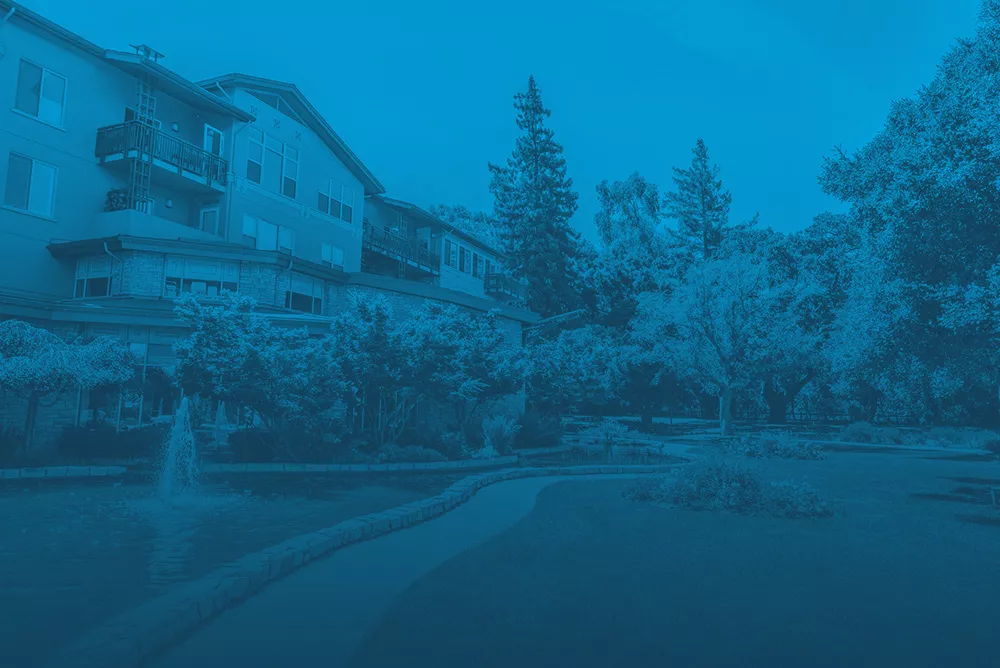Senior housing penetration rates are bound to increase over the next dozen years and there are ways providers can help speed up the process, according to experts.
The current senior housing penetration rate stands at 11.7%, according to a newly released report from Newport Beach, California-based real estate research firm Green Street Advisors. In this case, senior housing penetration rate refers to total senior housing inventory divided by the number of age 80+ people.*
By 2025, the senior housing penetration rate could reach 12.5%, the report says. At that point, the penetration rate will likely level out through at least 2030, Green Street Advisors Managing Director Michael Knott tells Senior Housing News.
Until then, steadily rising penetration rates could result from several factors.
“Appealing ‘new and shiny’ product helps awareness and penetration, as does a growing realization of the ample benefits of senior housing for residents,” the report reads. “Booming wealth creation and high housing values also help.”
For its report, Green Street measured the national senior housing penetration rate using the National Investment Center for Seniors Housing & Care’s (NIC) widest data set on the number of of senior housing units and the national population of seniors 80 years old and older.
Not good enough
Still, a 12.5% penetration rate is “pretty modest,” Dan Hutson, chief strategy officer at California-based senior housing operator HumanGood, tells SHN.
“It’s certainly not a sign of a resounding success, and it should be of concern to people,” Hutson says.
And it’s not just “shiny new” communities that will help prop up penetration rates.
“It’s not about shiny chandeliers and big, Olympic-size pools,” Hutson says. “It’s about building a powerful, supportive community experience where people have deep relationships with a community of people who support one another to live better lives.”
In other words, Hutson says, it’s possible to boost penetration by better aligning new and existing communities to what consumers actually want, as opposed to spending money on communities’ physical aspects.
“That experience can occur in a shiny new community and it can occur in an older community,” he explains. “It’s not about the real estate, it’s about the experience that you’ve thoughtfully and intentionally designed.”
Once more providers realize this, penetration rates will increase.
“I think the potential is there to grow beyond 12.5%,” Hutson says.
*Editor’s note: This sentence has been changed to reflect that the senior housing penetration rate refers to total senior housing inventory divided by the number of age 80+ people, as opposed to total senior housing inventory divided by the number of age 80+ households.
Written by Mary Kate Nelson

